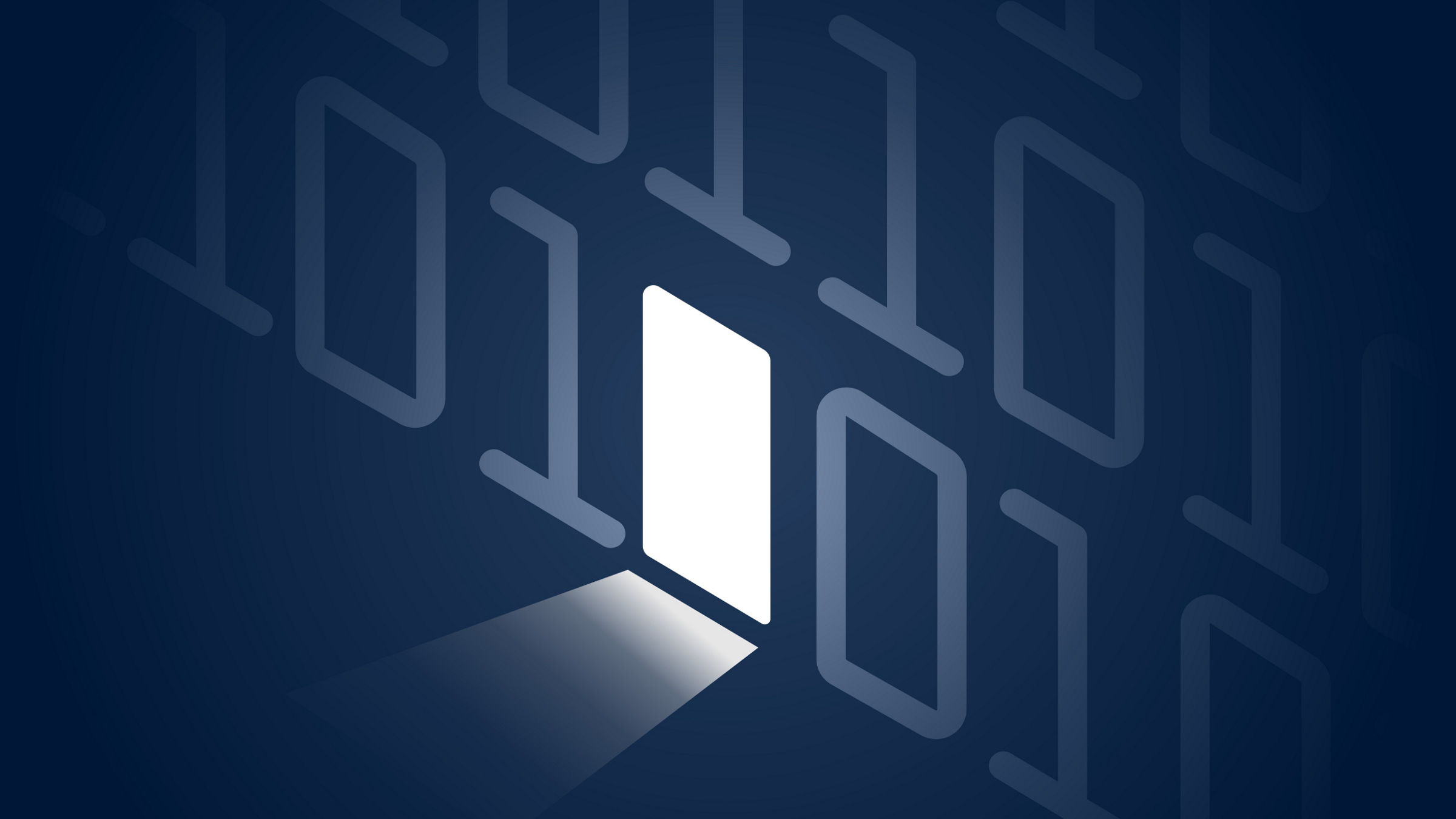Think Big for Reuse
Paul D. Witman and Terry Ryan
How can organizations successfully reuse not just objects and components, but rather very large-grained software elements, that is, entire systems and subsystems? This article examines an entire Internet banking system (applications and infrastructure) reused in business units all over the world. The authors explore the case of the BigFinancial Technology Center, and its parent company, which has created a number of software systems that have been reused in multiple businesses and in multiple countries. The article focuses on technology, process, and organizational elements of the development process, rather than on specific product features and functions.
Using the Thread-Fabric Perspective to Analyze Industry Dynamics
DongBack Seo and King-Tim Nak
To strive for competitive advantage, firms in the wireless industry are forming and dissolving partnerships and value chains at a rapid pace. More broadly, the nature of modern business competition appears to be undergoing a fundamental change. To explore the new industrial dynamics, the authors use the intuitive ideas of threads, fabric, and weaving to develop a framework that promises to facilitate the description and analysis of highly competitive and dynamic industries such as the wireless industry. The article aims to enhance our understanding of the changing value chain dynamics in modern industries by examining the wireless industry as a prototype.
Security Constructs for Regulatory Compliant Storage
Randal Burns and Zachary Peterson
Legislators and the courts have begun to recognize the importance of securing and maintaining electronic records. Sweeping pieces of electronic record management legislation, including Sarbanes-Oxley and HIPAA, now require storage systems to ensure the integrity and authenticity of financial records, protect consumer privacy, and guard against the unauthorized disclosure of a patient’s medical information. Many storage vendors now provide "compliant" versions of their storage products, but often these platforms do not provide cryptographically strong evidence of compliance. The authors review three security constructs pursuant to meeting the requirements set forth by electronic records legislation.
The Future of Digital Imaging
Wonchang Hur and Dongsoo Kim
The authors envision digital imaging services in radiology, with emphasis on the recent advancements in digital imaging technology and its future direction. They focus on the four major issues prevailing in current imaging business practices: specialization, flexibility, reliability, and usability. In addition, they investigate the kinds of technologies pertaining to each issue, as well as the ways in which such technologies have enabled the invention of innovative services in diagnostic imaging practice.
Mobile Web 2.0 with Multidisplay Buttons
Seongwoon Kim, Inseong Lee, Kiho Lee, Seungki Jung, Joonah Park, Yuen Bae Kim, Sang Ryong Kim, and Jinwoo Kim
User-generated content (UGC) has become popular among Internet users for creating and sharing new media content. Mobile UGC services, with the technological advantages they possess and the convenience they offer in capturing new media content and adding tags, are likely to become the main driver of the UGC paradigm. Conventional mobile phone interfaces, however, do not support the exploratory browsing behavior typical of mobile UGC. In this study, the authors designed a new user interface specifically for exploratory browsing with a tag-based structure and a multidisplay button interface, and empirically investigated user perceptions of the new interface.
Designing Data Governance
Vijay Khatri and Carol V. Brown
As data is increasingly acknowledged as an organizational asset, organization leaders are realizing that data governance is critical for deriving business value. Building on an earlier IT governance model, the authors present a set of five data decision domains: data principles, data quality, metadata, data access, and data life cycle. They also discuss why they are important, and offer guidelines for what governance is needed for each decision domain. By operationalizing the locus of accountability of decision making (the "who") for each decision domain, the authors create a data governance matrix that can be used by practitioners to design a governance model for their data assets.
Domotic Technologies Incompatibility Becomes User Transparent
Vittorio Miori, Dario Russo, and Massimo Aliberti
The authors propose a solution to help overcome the obstacles currently hindering the spread of domotics (or, home automation). Their idea will enable consumers to freely choose home automation devices and systems based solely on considerations of cost, function, aesthetics, and brand preference, without any technical constraints. Moreover, users will be spared the frustrations of incompatible manufacturing products based on proprietary technologies. In short, the open standards proposed promise to bring about a spectacular surge in domotic services and applications.
Technical Opinion: Random Selection from a Stream of Events
Zvi Drezner
Consider a stream of events received during a limited period of time, such as applications on the Internet. One event needs to be randomly selected as a "winner." Due to physical limitations, the list of all events cannot be stored. Thus, the winner cannot be selected at the end of the period. It is not known how many events will materialize. Each event should be selected with the same probability. The author ponders a simple way for such a selection on the fly.



Join the Discussion (0)
Become a Member or Sign In to Post a Comment